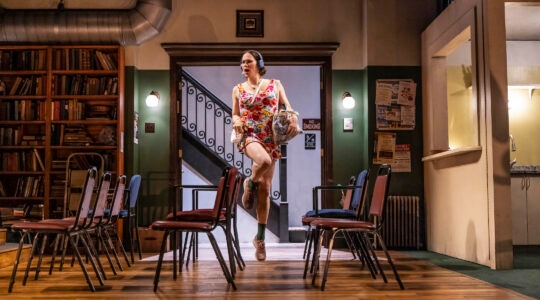Heading off Interstate 95 just north of the Connecticut border, I drove recently along curving, two-lane byways through a thick summer forest, with little more in view beyond the occasional road sign. I kept heading south, and gradually the forests thinned out a bit; seagulls began to appear, along with wild pink roses and those bushy, stunted oaks you see near salt water.
The southern Rhode Island coast is a paradise for Sunday driving, which is what I was doing with time to kill one recent weekend. In the lazy heat of mid-July, the biggest question as I reached 1A, the scenic Shore Road, became: Left or right?
I turned right for Watch Hill, a classic Victorian-era summer resort whose staid, lovely character has altered little in a hundred years. Driving along the sea cliff — past grand, landscaped estates and thick green hedges — I felt as though I were in a Technicolor movie; I needed a convertible and maybe James Stewart by my side.
In this fantasy, I would pull into the Ocean House, a 19th-century resort atop a picturesque bluff. The sprawling yellow gables and wide, columned veranda feel like the hotel equivalent of the Titanic (pre-sinking, of course). But while artifacts and vintage fireplaces have been salvaged, the building is actually quite new — completely rebuilt a decade ago for a new generation of moneyed vacationer.
There were yachts aplenty in the Watch Hill harbor, though to judge from the profusion of surfboards and towels, most of the sunburned pedestrians seemed en route to or from the beach. Napatree Point is a spit of land that separates Little Narragansett Bay from the Atlantic; its calm waters draw bathers seeking refuge from the surf.
For bigger waves and a bigger beach, many head to Misquamicut, just a few miles up the peninsula along the Shore Road. Misquamicut is as proletarian as Watch Hill is posh. Small wooden bungalows cluster along narrow streets; lawns are tidy, with minimal landscaping and a cozy, neighborly feel. Along the beach, surf shops and dairy bars jostle for summer business alongside shops selling towels and sunscreen.
What both of these sections of Westerly, R.I., have in common are a languid New England feel and a dedication to simple summertime pleasures, decade in and decade out. Like ice cream parlors — and not the kind with flavors like lavender, wasabi or black peppercorn. New England is the redoubt of traditional dining, so maple-walnut and coffee Oreo are about as exotic as it gets.
And carousels. Specifically, the carousel in Watch Hill, called Flying Horse, claims to be among the nation’s oldest (it dates to the late-19th century) and features hand-carved wooden horses suspended along a backdrop of painted Victorian scenes.
Generations of summer visitors wax nostalgic about those horses, including a reliable stream of Jewish families from the cities. The first Westerly Jews, merchants from Germany displaced by European wars, settled here a few decades before those wooden horses; later arrivals hailed from Russia, integrating in a state known for religious tolerance.
In a place where people come to relax, not to make the social whirl, Jewish life is low-key. Congregation Sharah Zedek holds Shabbat services on the third Friday of each month, sometimes followed by a potluck dinner.
For families of all persuasions, Westerly’s popularity endures because it offers some of the closest unspoiled ocean beaches north from New York City. The trip takes just two and a half hours on I-95; from Westchester or Connecticut, it’s even closer, with little traffic on the rural byways leading to the peninsula. Westerly is popular, especially on summer weekends, but it’s no Hamptons.
And you can get here easily by train. Amtrak has hourly stops at the grand old Westerly train station, which looks like something out of an Edward Hopper painting.
The main commercial area of Westerly is up-to-date without being trendy. Rhode Island is full of vintage downtowns like this one, with quietly lovely brick buildings from the turn of the last century, but Westerly’s is rare in that it manages to be lively without the preciousness of gentrification.
The Pawcatuck River, which flows through downtown, almost has the feel of a European canal. Narrow and placid, its banks are flanked by leafy foliage and the rear side of a strip of commercial buildings (Connecticut is on the other side). Nobody comes to downtown Westerly for the nightlife, but many a summer visitor has spent time in its bustling coffee shops or strolling the tree-lined sidewalks.
I made my way to Wilcox Park, a shady, verdant gem that dates to 1898 — the golden age for American park landscaping. At any time of day, you can see children frolicking under Japanese maples or admiring the fountains in the lake. Spread a picnic blanket at twilight, take in a Shakespeare play or the 162-year-old Westerly Town Band, and your New England summer might just feel complete.
The New York Jewish Week brings you the stories behind the headlines, keeping you connected to Jewish life in New York. Help sustain the reporting you trust by donating today.




